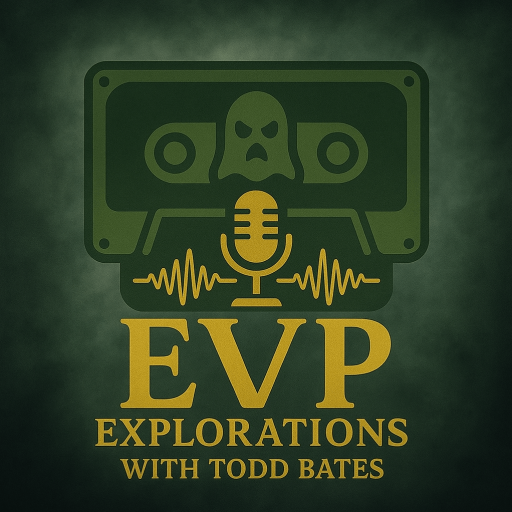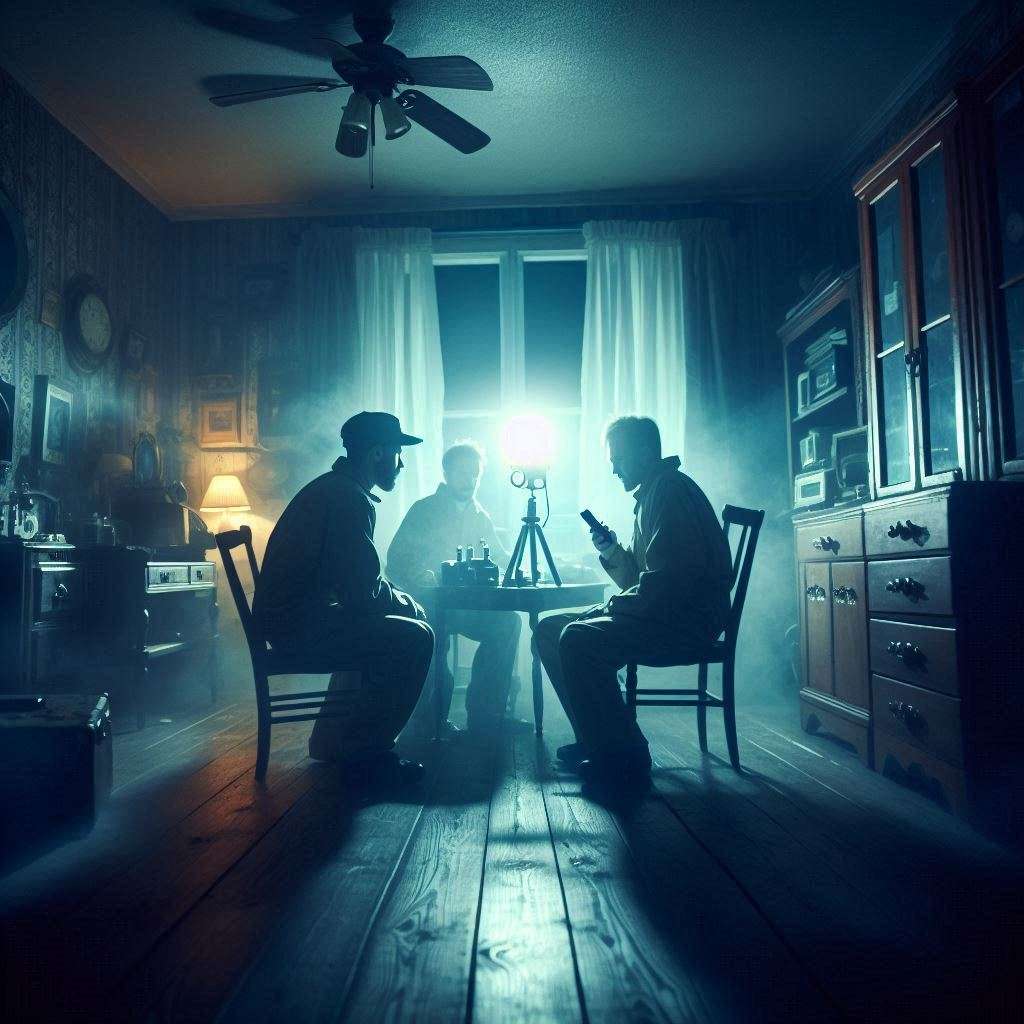Conducting a Proper EVP Recording Session
An EVP Explorations Guide
Electronic Voice Phenomena (EVP) are audio recordings that seemingly capture unexplained voices or responses from entities not physically present. These recordings, when done properly, can offer compelling data for both paranormal researchers and curious investigators. At EVP Explorations, we emphasize a structured, respectful approach to maximize clarity, consistency, and credibility.
Here’s how to conduct an EVP session the right way.
1. Prepare Your Environment
Location Matters
Choose a site with historical relevance or reported paranormal activity. Before recording:
- Obtain permission from property owners.
- Research the location’s history—names, events, and dates can guide your questions.
Control for Contamination
- Turn off radios, TVs, air conditioners, and other sources of noise.
- Inform everyone present that a session is underway to avoid accidental whispering or movement.
- Consider placing static cameras to visually confirm who is speaking during playback.
2. Use the Right Equipment
The tools you use can make or break the clarity of your results:
- Digital Audio Recorder: Use a high-quality recorder with a noise-canceling external microphone if possible.
- Headphones: Use them during live sessions to monitor subtle sounds.
- Clock or Timer: To mark timestamps for later review.
- Notebook or App: Log your questions, sounds, and impressions in real-time.
3. Set the Right Tone
EVP sessions are not about provocation. Instead, they should be conducted with respect, patience, and professionalism. Introduce yourself clearly and explain your intent.
Example Opening Line:
“My name is [Your Name], and I’d like to respectfully speak with anyone who may be here. I’m recording so I can hear your responses.”
4. Ask Clear, Purposeful Questions
Questions should be short, direct, and spaced out. Give 10–20 seconds of silence between each to allow time for a response. Don’t ask rapid-fire questions or interrupt your own session.
Sample Questions:
- “Is there anyone here who would like to speak with me?”
- “Can you tell me your name?”
- “Do you remember what year it is?”
- “Are you aware that you’ve passed on?”
- “Can you tell me why you are here?”
- “Are you alone, or are there others with you?”
- “Do you have a message you’d like to share?”
- “Did something happen to you in this building?”
- “Would you like me to return with more questions?”
- “Can you make a sound or give me a sign you’re near?”
Avoid leading questions like “Did you die in this room?” unless the context supports it. Open-ended questions allow for more authentic interaction.
5. Document and Review Carefully
After your session:
- Review recordings using headphones in a quiet setting.
- Use audio editing software to amplify unclear segments without distorting them.
- Tag any responses with timestamps and descriptions (e.g., “Possible male voice at 12:35 – says ‘help me’”).
Cross-reference with video, weather conditions, and other environmental factors to rule out explainable noise.
6. Maintain Ethical Integrity
- Never alter or enhance EVP clips beyond clarity adjustments.
- Avoid dramatizing or misrepresenting findings.
- Respect the privacy of property owners and any potentially identifiable entities in your recordings.
Final Thoughts
EVP work is part science, part intuition, and always a responsibility. By following a structured and respectful method, you can help contribute meaningful data to the paranormal field—whether you’re documenting spirit voices or simply exploring the unknown.
Visit EVPExplorations.com for more articles, live sessions, and community resources dedicated to the study of electronic voice phenomenon and instrumental transcommunication.
Stay Connected with EVP Explorations!
Subscribe to our free newsletter for the latest updates, education, tips, investigation methods, and new articles—delivered right to your inbox.
Join today and keep exploring with us!

















